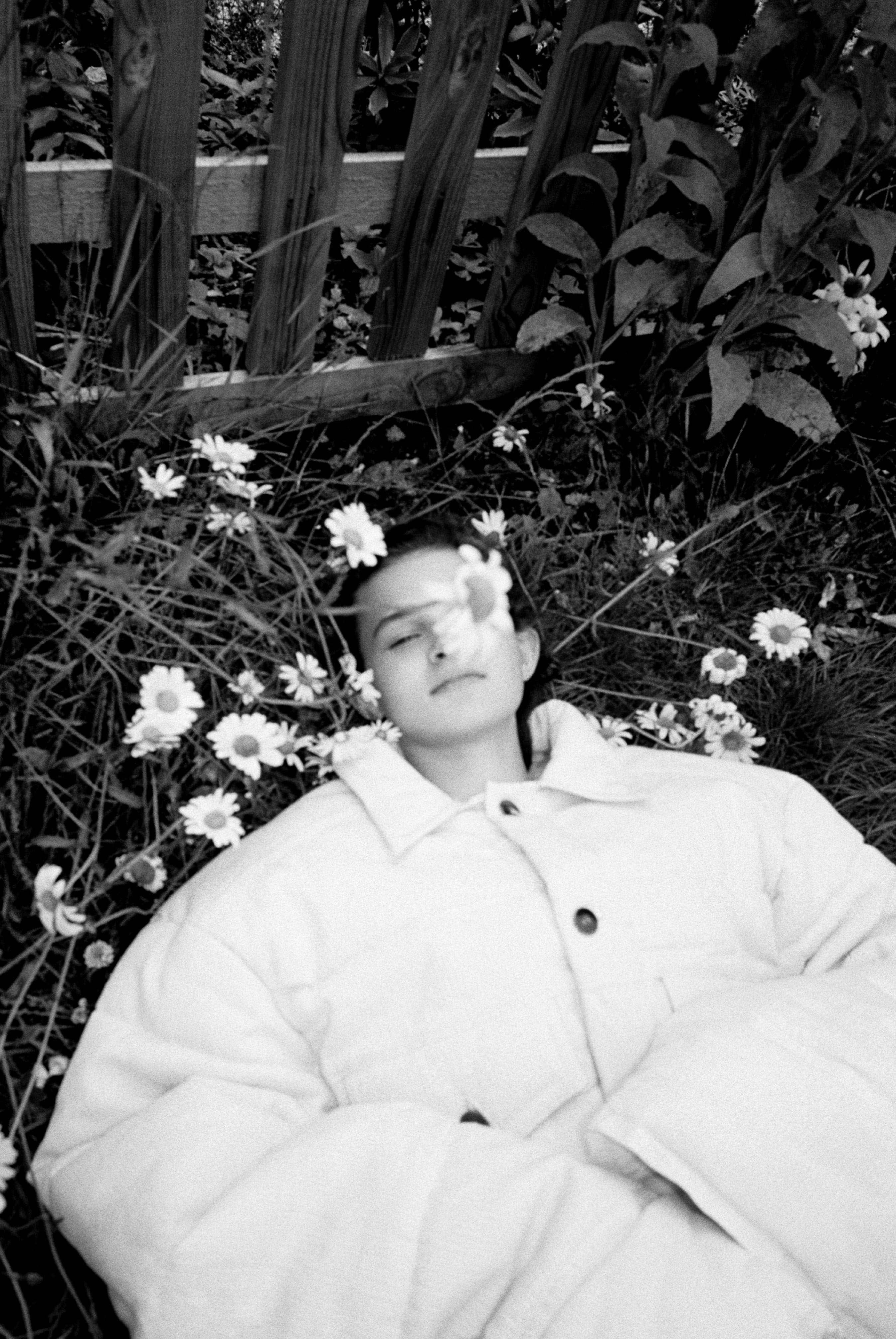Office — You studied literature as an undergrad in Switzerland—does that play a role in the storytelling element of your lookbook images? They all convey a strong narrative that seems to be rooted in suburbia and displacement.
Matthew Adams Dolan — Moving around so much, you’re in a position where you can step back and look at people and how people behave in society. You see it from an outside perspective. Even when I moved to New York, I was really looking at people a lot because everything is so new. As a visual person, that’s the first thing you notice.
O — Putting yourself into foreign circumstances when you’re so young is often fight or flight—you just have to adapt. Do you look to those experiences when you’re designing?
MAD — I’m super interested in design and looking at people, culture and society. When you’re in school, you’re always challenged to think about that sort of thing. A lot of things I was interested in involved constantly watching people and how they wear clothes, how clothes fit them.
O — Did you ever feel like an outsider living abroad?
MAD — It was tough at the beginning, especially in Japan. It was frustrating because I couldn’t speak Japanese. When you’re in that position as an outsider, it makes you look at everything in a different way. My grandfather lived in Japan after the war and he really loved the culture. You don’t want to grow up in a bubble and not know about the rest of the world, so it was a way I could go and see it.
O — Did you always know you wanted to be a designer?
MAD — I originally wanted to be a lawyer. But I won a scholarship in Australia, where they chose two people from each state to go to the National Gallery. We got to do all these behind-the-scenes tours and speak to curators. During that time, they had the Vivienne Westwood retrospective exhibition up. I was blown away, because she’s so based on culture and history and the reinterpretation of it. After that, I decided I wanted to do something in art or museums.
O — Why denim as a focus?
MAD — It’s a really important part of the business, especially since that’s really what started everything. When I left school, I never really wanted to start my own label. I feel like people knew of me and my brand because of denim. It’s what I was originally interested in. My final collection at school was about mundane clothes, denim jackets, jeans, T-shirts, sweatshirts—that everyday material. I unraveled it and did all of this weaving in my graduate collection, it’s something I’ve continued in my past collections and in different ways I haven’t used it before. It’s important that we use American denim, which is from Cone Denim in North Carolina. It’s about that history and authenticity of denim. A pair of jeans is a pair of jeans, it has hardly changed since the first pair was made. As a New York designer, it’s interesting to play into that tradition and that history.
O — What is your particular interest in American history and Americana?
MAD — I did my thesis paper on American fashion. It’s so interesting, even going back to the Puritans, and how it was a movement away from Europe and how it’s reflective of the American uniform of T-shirts and jeans, which is anti-embellishment. I was thinking about American designers like Calvin Klein and all the minimalism that was coming from the US. It’s an interesting history that I think is overlooked a bit. I’m super interested in that.
